From cow to cheese
1
2
3
4
5
1. Cows and calves = milk
No cows and calves, no milk. It is from that milk that we make cheese.
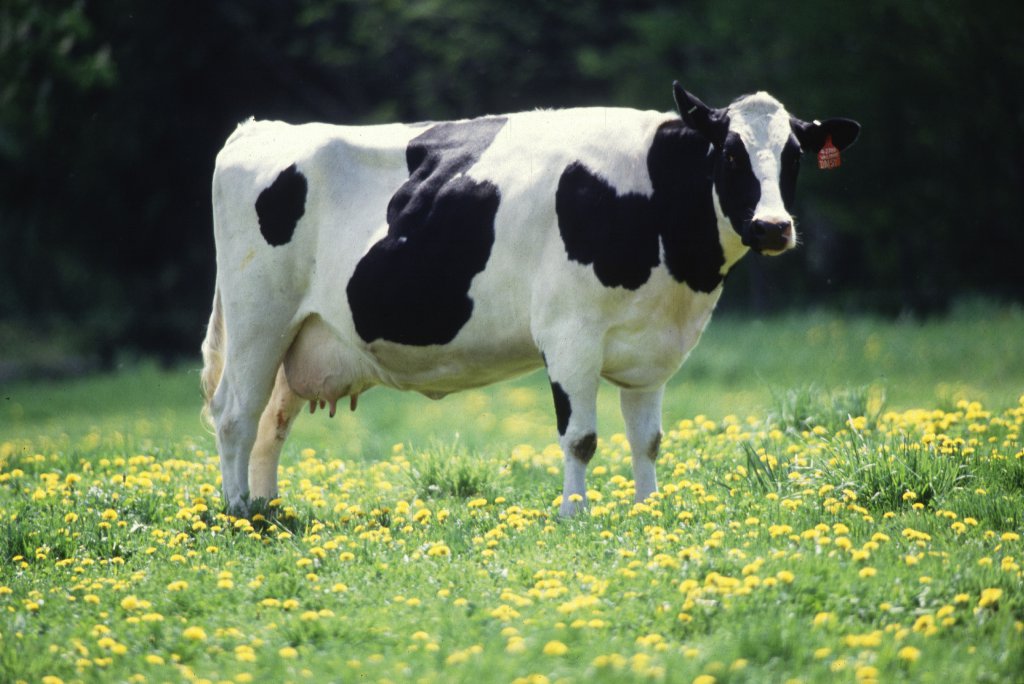 Cow
Cow
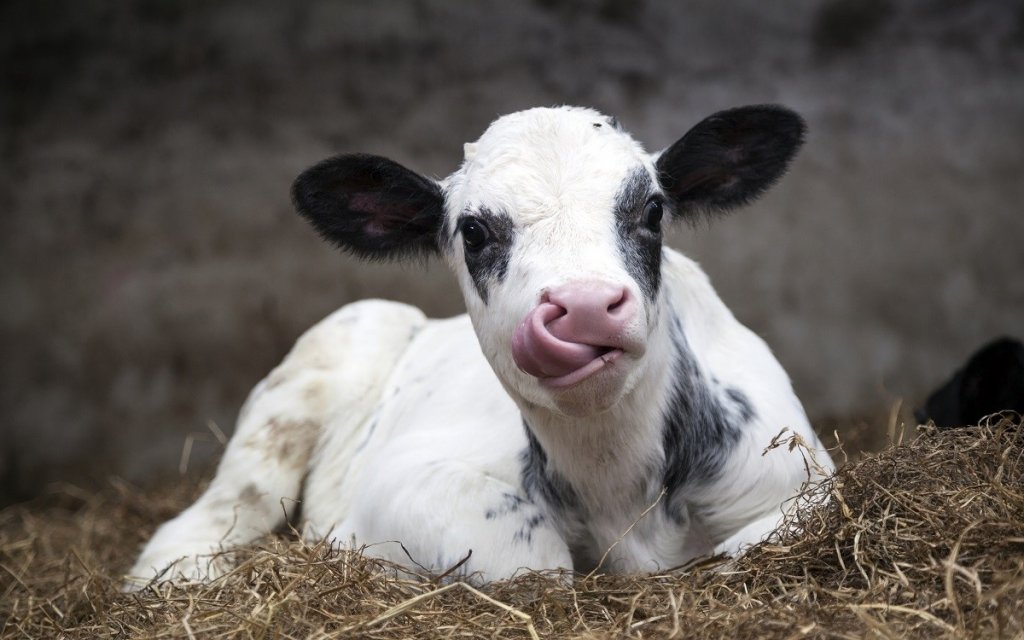 Calf
Calf
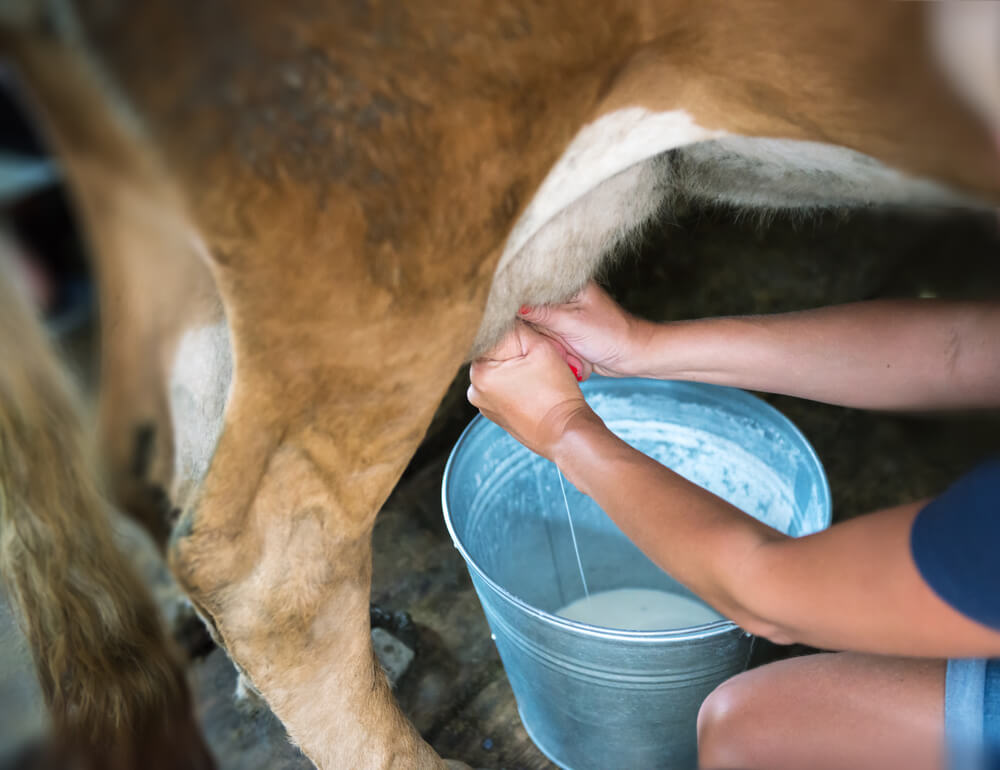 Milk
Milk
2. Just mix!
A starter culture and rennet (= a curdling agent) are added to the milk. The milk coagulates and this produces curd (= the initial form of cheese). The liquid that remains is called whey.
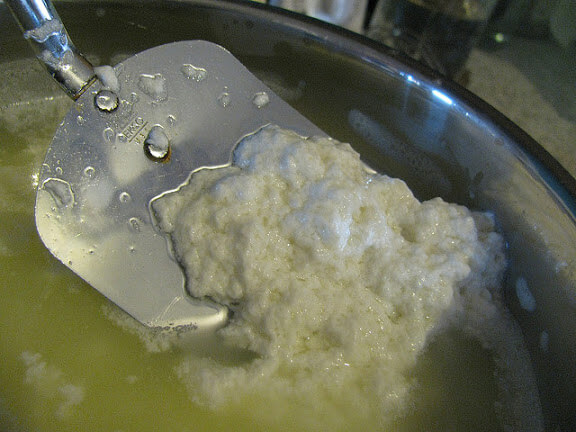 Curd
Curd
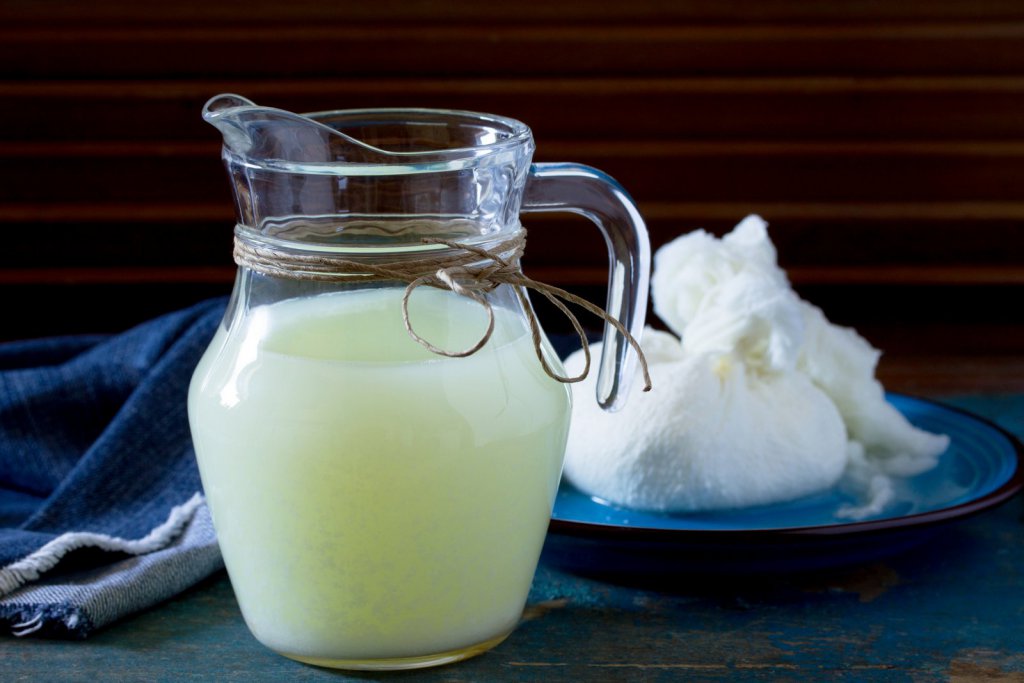 Whey
Whey
3. The curd is placed in barrels
The curd is pressed into barrels. This gives the cheese its familiar shape: the round Edammer cheese or the flat Gouda cheese.
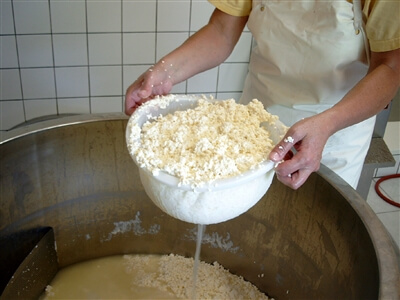 Curd in barrels
Curd in barrels
4. The cheese is placed in a bath
The cheese is bathed in brine. This gives it its strength and flavour. The cheese is then wrapped in a protective coating.
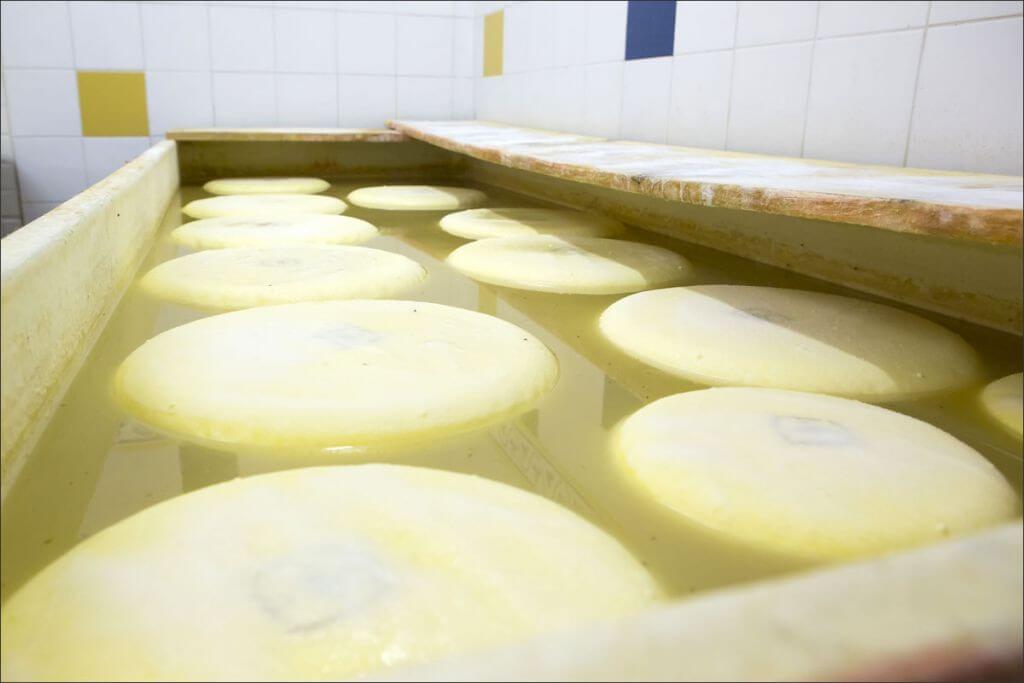 The brine bath
The brine bath
5. Ripening on shelves
After the brine bath, the cheese is left to mature on wooden shelves. The longer the cheese matures, the tastier it is.
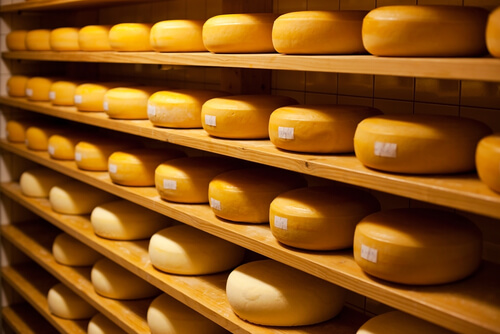 Maturing cheeses
Maturing cheeses
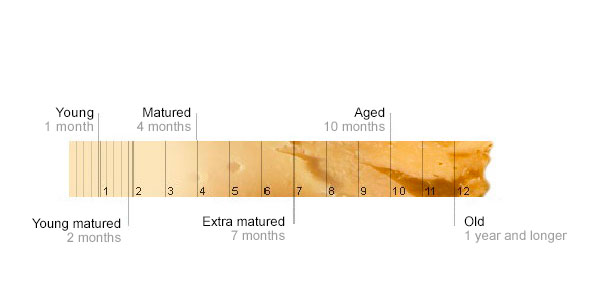 Age of the cheese
Age of the cheese
